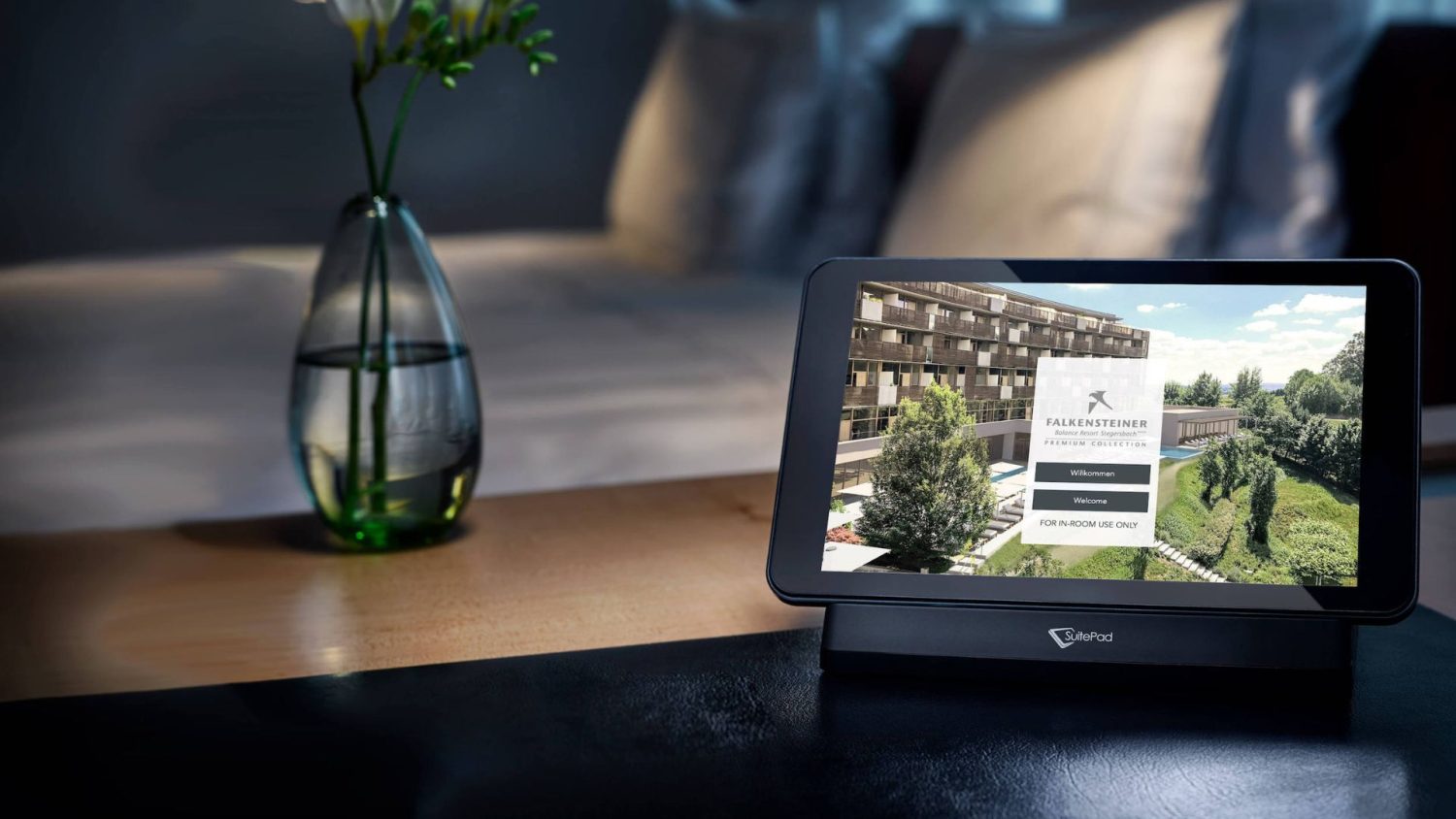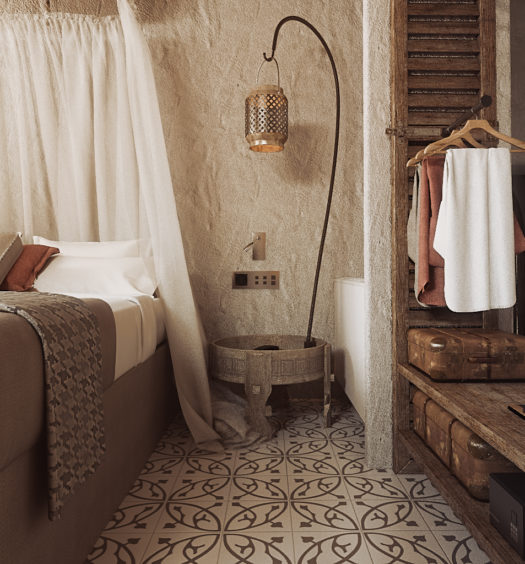A Hotel Expert Talks centered around in-room tablets and how SuitePad's innovative pricing model is poised to redefine them as the upcoming industry trendsetter!
5 mins readAt Hotelier Academy, we always thought that In-Room Tablets are a beacon of modernization, offering enhanced guest experiences and streamlined services. However, the journey of these digital tools has not been without its challenges, notably in the pricing landscape. The traditional flat fee structure, prevalent until now, posed a significant hurdle for hoteliers. The upfront costs associated with outfitting each room with a tablet often raised questions about the return on investment and the real impact on the hotel’s bottom line.
As hotels grappled with the dilemma of in-room tablets being perceived as a considerable expense rather than a strategic investment, SuitePad stepped into the spotlight with a revolutionary pricing model. SuitePad’s forward-thinking approach acknowledges the industry’s need for a transformative shift. Gone are the days of one-size-fits-all flat fees that left hoteliers uncertain about the true value these tablets could bring. SuitePad’s new pricing model aligns costs directly with performance, offering a refreshing departure from the conventional norms.
To better understand the Performance Model, we have invited Mr. Moritz von Petersdorff-Campen, Co-founder and Managing Director at SuitePad to guide us through this innovative pricing model. During this discussion, we will explore the challenges that have defined the past, the transformative potential of SuitePad’s new approach, and the future landscape of in-room tablets in the hospitality industry.

Could you provide more details about the difficulties hotels encountered with the conventional flat-rate in-room tablet policy and how it affected their choice?
Hotels used to have to invest more upfront to implement new technology, particularly if they had numerous rooms. For instance, a 200-room hotel that spent 169 euros on hardware for each room would have to pay more than 30,000 euros to begin utilizing our platform. For some, this led to unduly cautious decision-making, which completely slowed down their digitalization.
What key factors led to the decision to shift from a traditional flat-fee to a performance-based model, and how did hotel partners respond to that?
Over the years, numerous hoteliers have tested our platform and firsthand experienced its benefits. However, some approached with caution, uncertain if our solution would deliver as promised. To address their concerns, we presented a variety of case studies showcasing the benefits and real-life results achievable with our solution. Eventually, we realized that the most effective approach is to align our confidence with a performance-based agreement, where our customers’ success directly correlates with our own.
Our innovative business approach has created quite a stir in the last several months, especially with hotel chains that have embraced SuitePad’s digital offering. With no upfront costs, hotel owners can swiftly integrate our platform, streamlining the process. The assurance of a positive return on investment from day one positions SuitePad as an integral component of the digital guest experience right from the start.

SuitePad’s new pricing model is centered around performance. How does this innovative approach address the concerns that hoteliers have had in the past regarding the upfront costs associated with adopting in-room tablets?
With SuitePad Performance, we revolutionize the traditional flat fee model by offering our solution free of charge to hotels at the onset of their digital journey, simplifying the entire process. Hotels are charged for SuitePad only when our solution demonstrably enhances their financial performance. For instance, when guests opt for additional services, like utilizing our Green Option feature to forego room cleaning or ordering room service breakfast through the SuitePad in-room tablets. This innovative pricing model makes it easier for hoteliers to adopt SuitePad’s digital solution.
In your opinion, what makes SuitePad’s performance-based pricing unique in the hospitality technology landscape, and how does it stand out from conventional pricing models?
What sets Performance apart is its uniqueness in the industry. In contrast to other providers, we offer our solutions based on performance, a concept even app providers and mobile websites hesitate to adopt, despite their minimal initial investment requirements. By shouldering the hardware fees for our customers, we not only showcase our unwavering confidence in our product but also underscore our profound alignment with our customers’ goals. Our low-risk, high-reward model epitomizes a genuine partnership, where the success of the hotel and SuitePad are intricately intertwined – when your hotel thrives, so do we.

Are there any limitations or considerations that hoteliers should be aware of when opting for SuitePad’s performance-based pricing model?
The only limitation that hoteliers should consider is the number of rooms they have since we only offer our Performance pricing model to hotels with more than 40 rooms.
Can you walk us through the process of onboarding hotels with SuitePad’s new pricing model? How has the integration process changed compared to traditional models?
With our new pricing model, we’ve simplified onboarding by eliminating the high installation and hardware fees for hotels. The performance-based pricing not only reduces costs but also provides a risk-free start, enabling hotels to begin using our platform immediately.
Finally, what advice would you give to hoteliers who are considering adopting SuitePad’s technology, especially in light of the new pricing model, to maximize its benefits for their property and guests?
Hoteliers are cautious about investing in in-room iPads during hard financial situations. Our pricing structure provides a win-win solution for both sides and strengthens collaboration by recognizing and resolving their issues. In the current environment, offering a risk-free chance to innovate and improve the guest experience is the best course of action.






